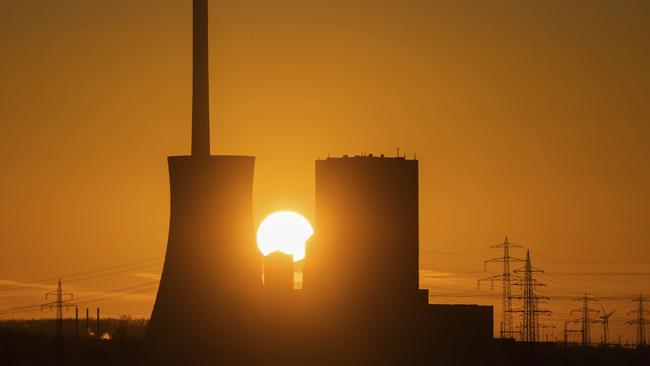Heat prompts Australian Energy Market Operator to call for urgent, emergency power supply boost
Searing temperatures, NSW bushfires and an unscheduled outage at an AGL coal plant have forced extreme action.

Australia’s power operator called on NSW suppliers to prepare short-term emergency electricity reserves and for households to cut their energy usage amid volatile hot weather conditions and a major outage at one of the state’s biggest coal plants.
The last ditch power mechanism - triggered just a few times in the last decade - was called into action due to searing temperatures, the impact of severe NSW bushfires on power transmission and an unscheduled outage at AGL Energy’s Bayswater coal plant in the Hunter Valley.
Activation of the back-up supplies, known as the Reliability and Emergency Reserve Trader, was started to maintain power system security using power reserves and demand management contracts previously agreed with the market.
The Australian Energy Market Operator issued a forecast “lack of reserve 2” notice for the period from 2.30pm until 6pm as a signal for the market to direct urgent electricity supplies to the grid through either a boost in supplies or large industrial businesses cutting demand.
Households have also been called on to contribute and lower the risk of supply shortfalls.
“To help minimise the impact of supply shortfalls this afternoon, consumers can temporarily reduce their energy usage where it is safe and possible, by avoiding running multiple appliances at once, setting air conditioners to 24 degrees, and temporarily switching off pool pumps,” AEMO said in a statement.
“AEMO acknowledges that the health and wellbeing of consumers remains the highest priority, so please only conserve energy if safe to do so.”
While no impact to consumers is currently anticipated, AEMO said the situation could change given just 463 megawatts of spare reserves are forecast for Thursday’s peak demand period running from 2.30pm to 7.30pm.
NSW Energy Minister Matt Kean said the public could play their part in reducing electricity usage given the tight market.
“The tight conditions in the electricity system this afternoon are largely a result of the state’s weather conditions, bushfire impacts on transmission lines and mechanical issues at some of the state’s power stations,” Mr Kean said, noting the peak period between 4pm and 8pm.
The NSW government activated its energy action response protocol on Thursday afternoon which involves state agencies cutting their power use, Mr Kean noted.
AGL lost 660MW, or a quarter of output, from its Bayswater plant on Wednesday after a boiler tube leakage, according to sources.
AEMO calling on emergency electricity reserves in NSW following 660 MW unit taken offline yesterday at Bayswater coal power station. Around 250 MW shortfall between 15.30-17.00 today. Demonstrating the dangers of coal dependence yet again #auspol #gasandcoalwatch pic.twitter.com/72UGIrpEFp
— Australia Institute (@TheAusInstitute) January 23, 2020
The facility is expected to take another five or six days to return to service, potentially posing a new problem for the market once peak demand resumes after the Australia Day long weekend.
The Australia Institute tweeted the situation in NSW was “demonstrating the dangers of coal dependence yet again”.
The power giant has resumed full operations at its Loy Yang A coal plant in Victoria’s Latrobe Valley after it suffered problems in late December following an earlier outage.

